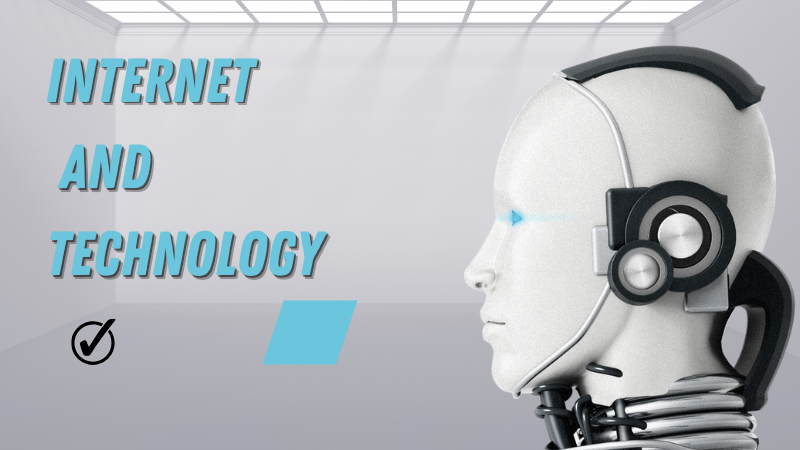In the 21st century, the world is witnessing a fascinating paradox — while the internet and technology continue to connect people, automate industries, and revolutionize communication, they also pose unprecedented challenges in the real world. This “fight” between digital dominance and real-world dynamics is not just metaphorical but deeply impactful in every aspect of human life. From mental health to personal relationships, employment patterns to privacy concerns, the struggle is both internal and external. It’s not a battle of machines versus humans, but of balance — between advancement and authenticity.
Spread of Internet
The internet has become a virtual universe where everything seems possible. It powers education, healthcare, entertainment, and business with the speed of light. Through social media, people can connect across continents in seconds, and artificial intelligence systems can now perform tasks that once required human intellect. However, this rapid technological rise comes with a price — the disconnection from reality. People are more “online” than “present.” Human interaction has taken a back seat to scrolling, liking, and sharing. This is one of the most critical arenas where the fight is felt: human emotions versus digital algorithms.
Smartphones
Education is another ground where this battle plays out. Digital learning platforms have made quality education more accessible. Yet, over-reliance on screens has reduced physical interaction, real-time debates, and experiential learning. Children growing up in a world of smartphones and AI tutors often miss out on developing soft skills like empathy, communication, and team collaboration. Their world is shaped by data and digital models rather than books, nature, and conversation.
Work culture too has transformed drastically. Remote jobs, cloud computing, and AI-driven productivity tools have improved efficiency. But at what cost? Many workers face burnout due to blurred work-life boundaries, and the pressure to stay constantly connected is real. Technology has made work faster, but not always better. The very tools meant to simplify life are complicating mental health and time management. Automation, while helpful, has also made many human jobs obsolete, fuelling fear and resistance.
Privacy is a Must
Privacy is perhaps one of the biggest casualties in this digital war. Every click, search, and interaction online leaves a footprint. Personal data has become a commodity, traded silently in the background of our digital interactions. The real-world consequence is a feeling of being watched, manipulated, and vulnerable. Cybercrime, identity theft, misinformation, and surveillance are modern threats born from the overreach of internet technology.
However, the real world demands presence, humanity, and nature — things technology cannot fully replicate. Families dining together while staring at phones, friends chatting more on WhatsApp than in person, children watching YouTube instead of playing outdoors — all these are symbols of a deeper conflict. It’s not about rejecting technology but redefining our relationship with it.
Governments, educators, parents, and businesses need to collectively reimagine how internet and technology fit into the real world. Ethical use, digital detoxes, human-centered design, and emotional education are not luxuries — they’re necessities. Tech companies must focus on sustainability and accountability, not just profit. Users must reclaim their time and attention as valuable resources.
In conclusion, the fight of internet and technology in the real world is not one with a single winner or loser. It’s an ongoing struggle for harmony — between what is possible and what is meaningful. As we progress further into the digital age, the goal should not be to conquer reality with technology, but to enrich it. The future belongs not to those who escape into screens, but to those who can bridge the digital and the human with wisdom, care, and balance.



